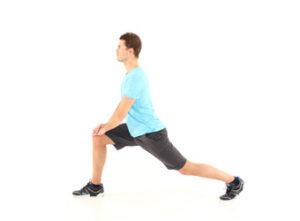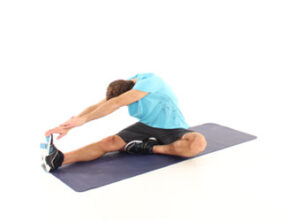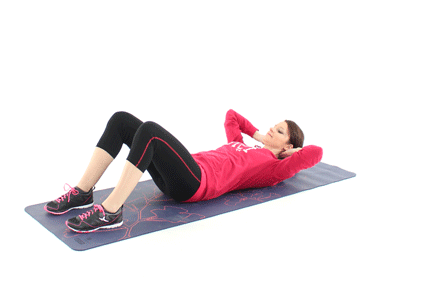7 foods that are harmful to eat every day
Author: Ola Thomas | Category: Diet & Nutrition

Giving up your favorite foods can be tricky, but for the sake of health, some of them will still have to be crossed off the shopping list.
Every year, thousands of top lists of the most unhealthy food products appear on the Internet: it is they who should supposedly be feared and avoided in every possible way in your diet. However, with all this, we often forget about one important, if not decisive, nuance: everything is useful (practically), but in moderation.
And the point is not only that the consumption of a product in large quantities can negatively affect the general state of health: even a monotonous diet, if it changes regularly and rarely, can harm our well-being, disrupt the balance of nutrients and, ultimately, form increased sensitivity of the body to food.
If you eat a varied and balanced diet, you automatically reduce the risk of deficiencies in certain essential nutrients and keep your metabolism in good shape. We will tell you in detail what products you should not get used to and make them a guilty pleasure on a daily basis.
1. Cruciferous vegetables
While antioxidant and nutrient-rich vegetables such as cauliflower and broccoli should be included in the diet, it is scientifically proven that excessive consumption of cruciferous vegetables can cause hypothyroidism – a deficiency in thyroid hormones.
If you can’t imagine your life without cabbage, then try first lightly frying it in a pan or cooking it with another dish: this will minimize its goitrogenic properties (in other words, the ability to enlarge the thyroid gland).
2. Tuna
Tuna is rich in mercury, so excessive consumption can lead to the accumulation of large amounts of this substance in the body and negatively affect the development of children, the health of pregnant women, as well as provoke heart attacks in adults.
Experts advise consuming lighter versions of tuna and serving it no more than once a week. And yes, it is definitely not worth giving up on this type of fish for good, since it is extremely rich in protein: consumed rarely and in moderation, this product will become a nutritious addition to lunch or dinner.
3. Fruit smoothies
In recent years, adherents of healthy eating and those who were looking for a healthy alternative to coffee drinks have found happiness in all kinds of fruit smoothies: you drink, you get healthier, and most importantly, you don’t get fat. However, this is not entirely true. Of course, the difference between a slice of cake and a wedge of fruit is obvious, but any fruit smoothie is high in sugar and is unlikely to be a healthy substitute for a balanced dinner.
If you’ve already gotten used to the daily trips to the strawberry half-dessert, we recommend replacing the fruit smoothie with a vegetable one – this will significantly reduce the amount of sugar consumed per da
4. Dried fruits
Dried fruit is the perfect pre-workout snack to energize you quickly and effectively for both cardio and lifting. However, in any other case, it is important to consider: all dried fruits (dates, figs, apricots, mangoes, berries, etc.) contain much more sugar than their fresh counterparts.
Despite the fact that dried fruit often appears alongside everything related to weight loss, it is they that can nullify all your weight loss efforts. So be careful: ¼ cups no more than twice a week – make this a rule, and your weight will be fine.
5. Muesli and cereals
It is difficult to find even one pack or box of cereals that does not contain any form of sugar. We often eat them with milk for breakfast and quickly get used to them, forgetting that such a mixture is an ordeal for the stomach.
Do you know how cereals become flaked? Indeed, in their natural form, they are not at all like that. Only after multi-stage processing do cereals become flakes, but at the same time they often lose the lion’s share of useful nutrients. The bottom line is that every day for breakfast you enjoy a portion of processed and useless carbs, and this is far from a healthy lifestyle if you do follow it.
6. Canned tomatoes and tomato paste
The main problem with all canned foods is that the jar itself, in which the product is stored, can leave residues of resinous substances in it, which contain the synthetic estrogen bisphenol-A. Scientists have long identified its role in the development of many diseases – from problems with the reproductive system to heart disease, diabetes and obesity.
Tomatoes themselves are known to be highly acidic, and this is an excellent condition for BPA to enter your food. Research has also shown that synthetic estrogen can suppress sperm production and lead to chromosomal damage in animal eggs.
7. Rice crackers and crisps
Snack lovers, your way. Unfortunately, crispbreads and crackers are not the kind of foods that you can indulge in several packs a day without any consequences. Neither fat (which, by the way, is simply necessary for the normal functioning of the body), nor enough vitamins, nor minerals – this is definitely not enough for a balanced snack between lunch and dinner. After all, in fact, it is nothing more than an ordinary refined carbohydrate, sprinkled with salt and flavored ( read also : “What are” right “snacks?” ).
08 Jan 2021
















